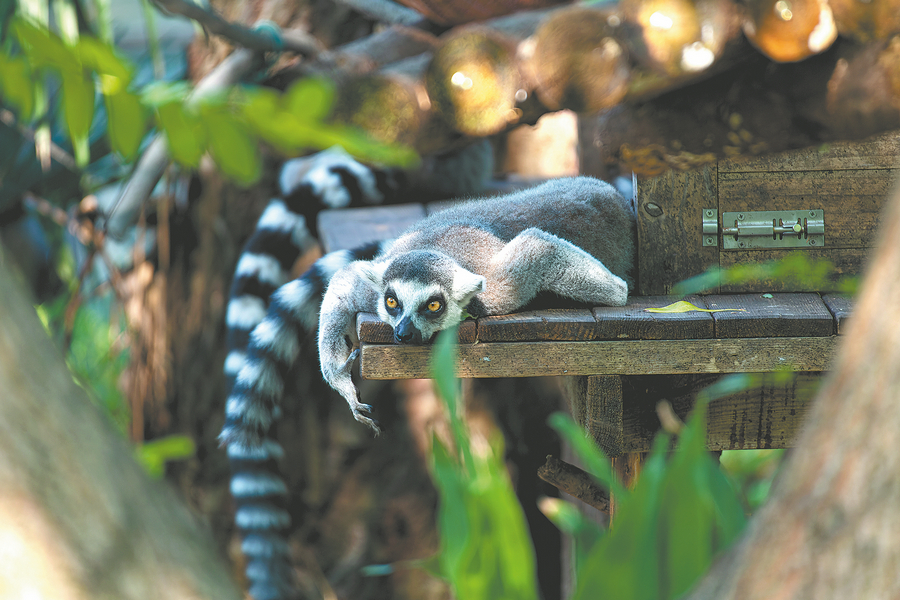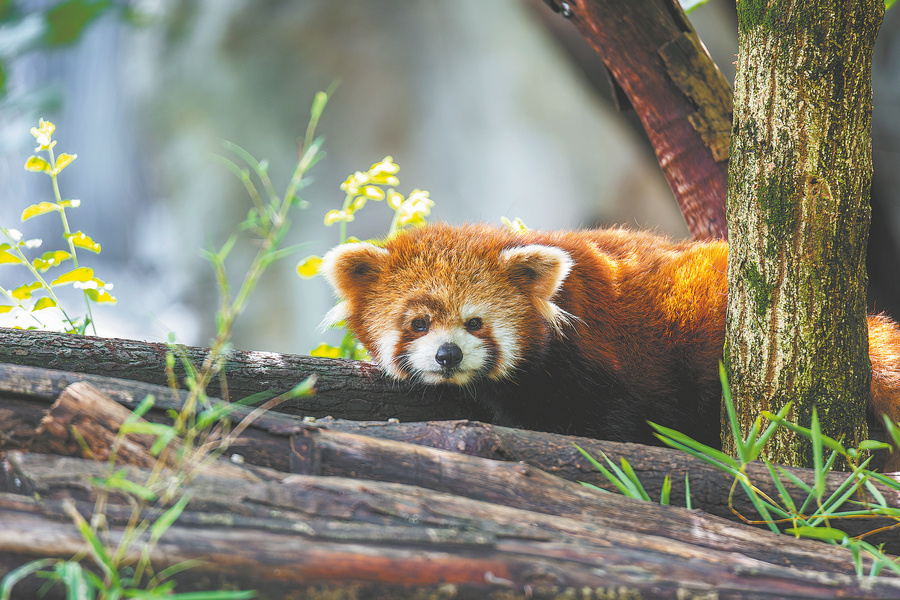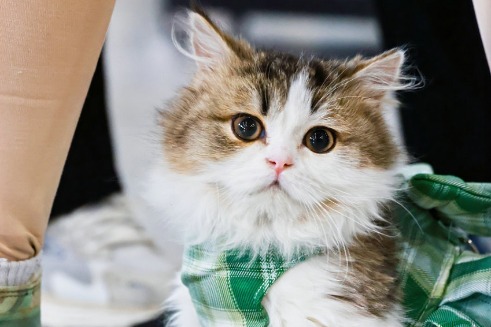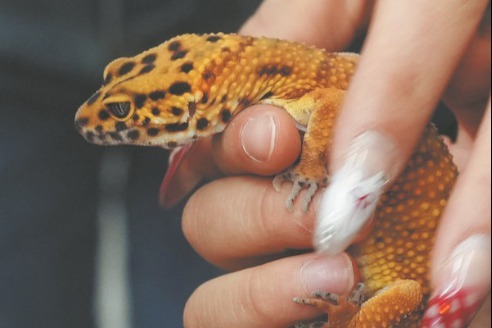Wearing their love of natural world
Animal conservationists engage people through advanced technology, Hou Chenchen reports.


"For instance, tracking migratory bird data can help monitor climate change and urban pollution along their routes, while also effectively reducing the risk of bird strikes."
Having witnessed countless touching moments in the animal world, Ling became determined to dedicate herself to wildlife conservation.
In 2022, she began exploring virtual adoption programs and designing cultural products related to animals with the help of digital technology. Inspired by the concept of animal protection abroad, Ling integrated China's local wildlife conservation efforts and founded the brand Chinalife.
One-third of the bracelet's gross profit will be donated to charitable organizations or directly allocated to wildlife conservation projects. Ling says: "It's a great way to connect wildlife with the public."
In addition to tracking animals, the bracelet also links to meaningful causes. For instance, the materials for the bracelet are sourced from leftover promotional pamphlets from large events or discarded magazines. Moreover, all the bracelet makers are rural women from Fenghuang county, Central China's Hunan province. This provides more than 70 rural households with a source of income.
"I really like the design of this bracelet, made from beautiful and eco-friendly materials like recycled posters. Additionally, it provides employment opportunities for rural women, and part of the proceeds goes toward wildlife conservation. It's a product that achieves multiple goals at once," says Shen Yinyin, a primary schoolteacher from Jiangsu province.

Digital adoption
The virtual adoption program launched by Hongshan Zoo has garnered widespread attention. Shen Zhijun, the zoo's director, says the program was initiated not only to promote science education but also to enhance interaction, encouraging animal lovers to take part in concrete actions to protect wildlife.
Opening the mini-program of Hongshan Zoo, the animals available to adoption come into view, including wolves, capybaras, koalas, and red pandas. Adopters can register as individuals, families, classes, or companies, while nonlocal visitors can also choose "virtual adoption".
Lu Sijing, who now lives in Vietnam, adopted a capybara named Fubao. She participated in a site event organized for adopters, where she prepared enriched food for the capybara and closely interacted with it.
She believes that the adoption fees help the zoo provide more enrichment, improving the animals' living environment and diet. "I hope my capybara can continue to live a healthy and happy life at the zoo!" Lu says.
In addition to an annual offline event, Hongshan Zoo also updates the animals' lives through photos and livestreams online regularly to maintain the emotional connection between adopters and animals.
Wang Xiaoxu, a lawyer from Northeast China's Liaoning province, adopted a meerkat named Little Prince. She says: "Since I don't live in Nanjing, I'm grateful that the zoo offers regular monthly livestreams, which allow me to stay updated on Little Prince. For those who love animals but aren't based locally, virtual adoption provides a meaningful way for us to stay connected from afar."
Chen Xi is not only a mother of two children but also the "mother "of a Bengal white tiger named Gucaini. She now receives monthly updates on its growth, along with logs recorded by the tiger's caretaker. Additionally, she can interact with her adopted animal through livestreams.
"The monthly online activities allow me to participate in the tiger's growth. Although I've only met it in person once, through photos and livestreams, I feel an increasingly deep emotional bond between us," Chen says.
Wang from Liaoning says the virtual adoption program is a positive attempt to engage more people in wildlife conservation initiatives. It opens the door for animal lovers, enabling them to contribute what they can to protect wildlife.
"The virtual adoption program is highly significant for caring for animals. Even if you can't visit the zoo in person, you can still support the animals financially, which helps cover their feeding, medical care, and improvements to their living environment," Wang says.




































